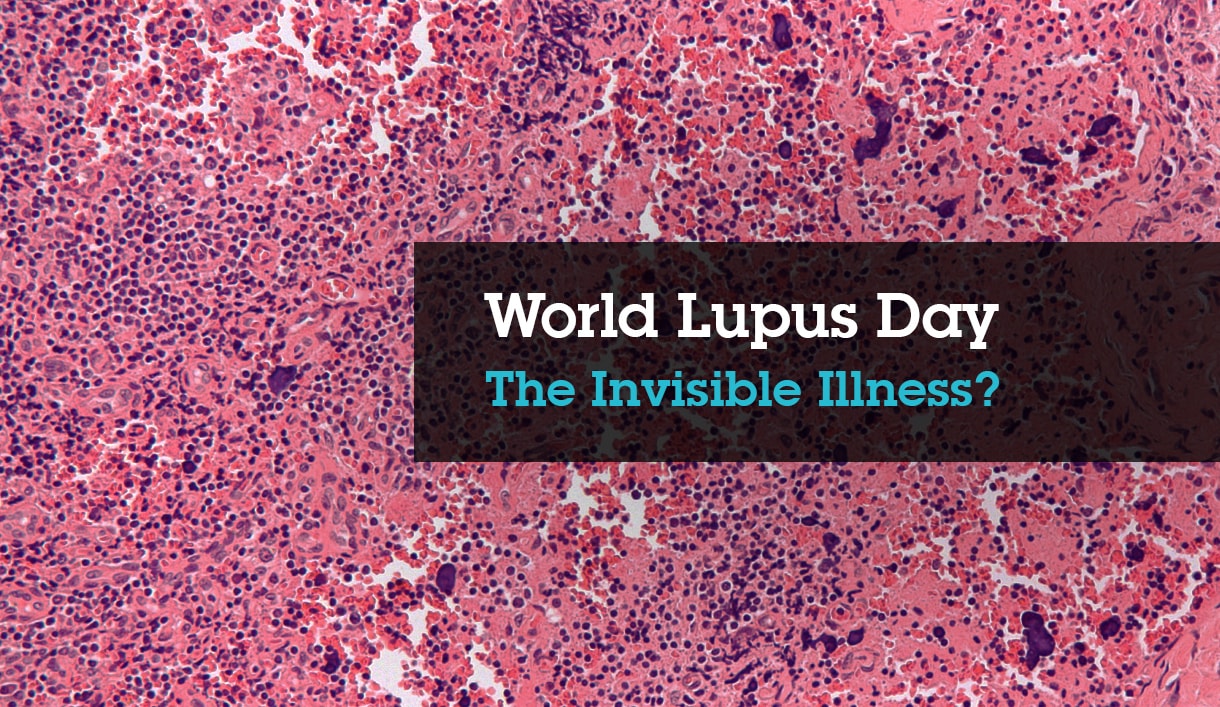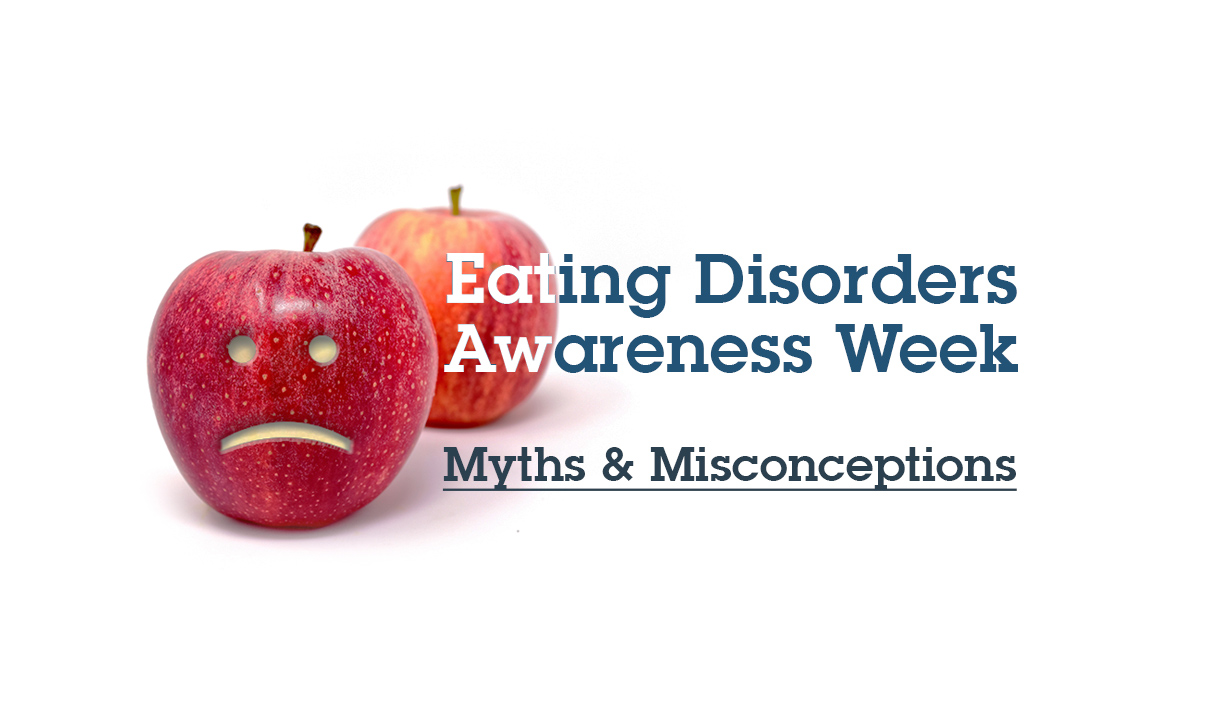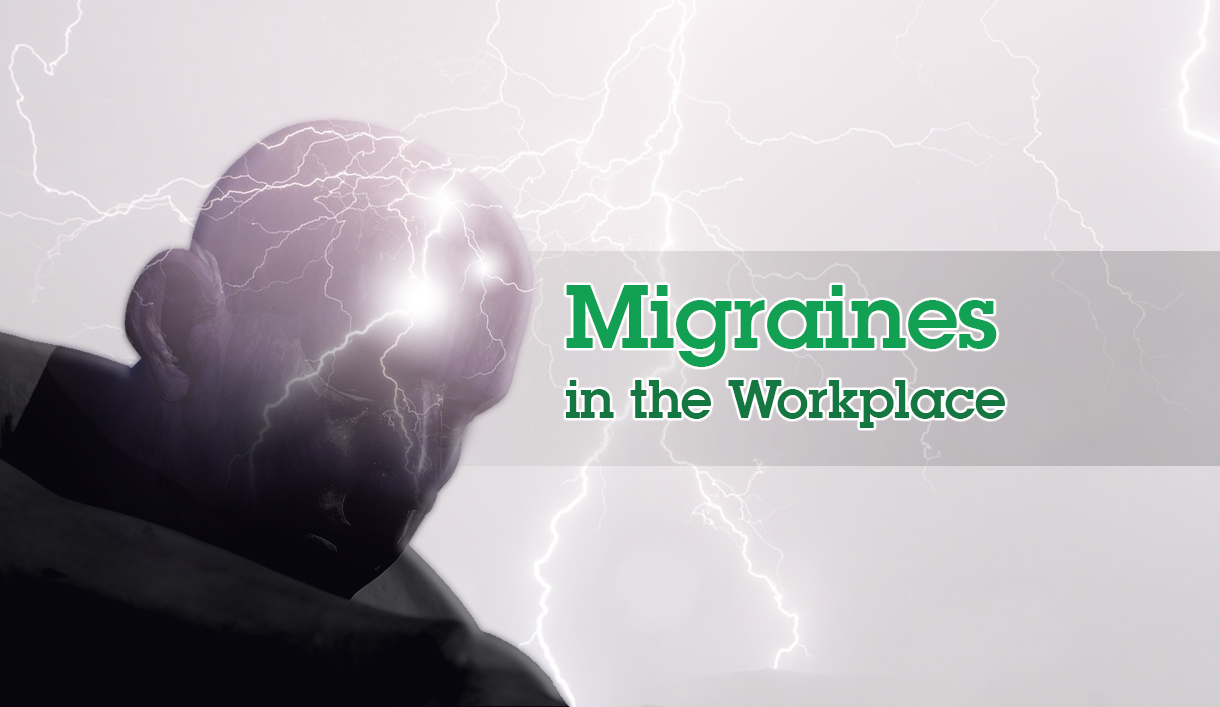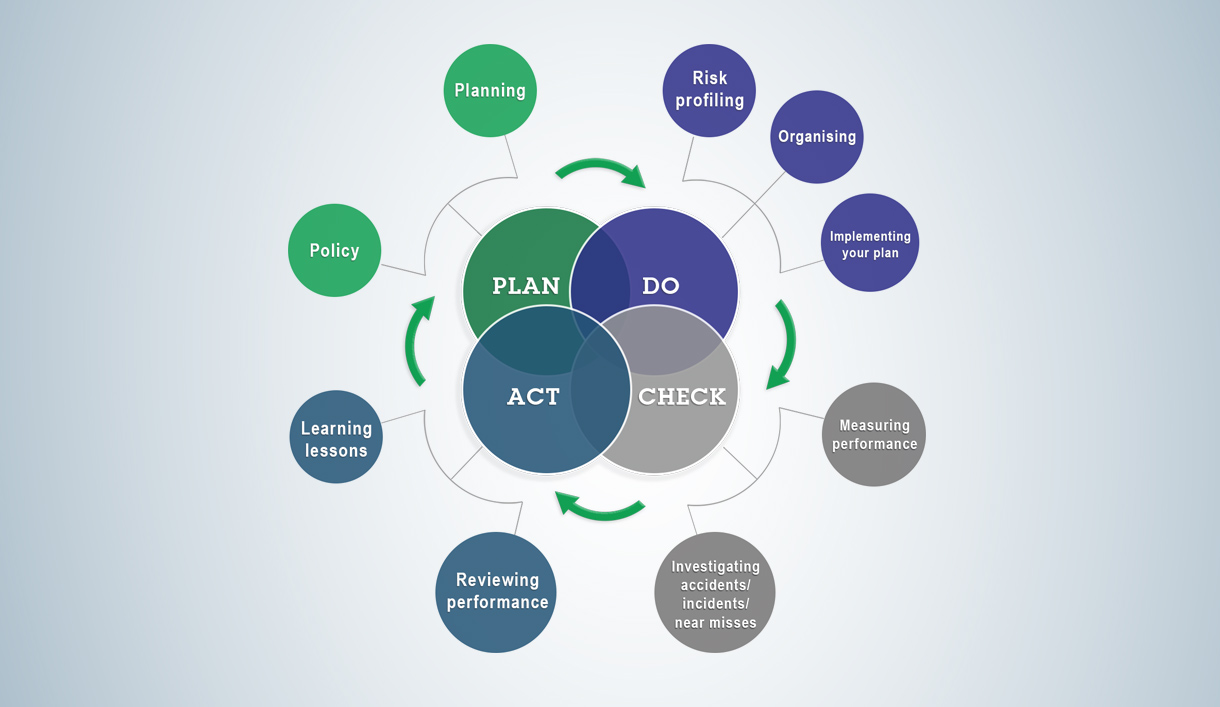World Lupus Day
An Invisible Illness
Today is World Lupus Day, the goal of which is to raise awareness of Lupus or – to use its full name – Systemic Lupus Erythematosus (SLE).
While it might be dismissed as a so called “invisible illness” due to the lack of superficial symptoms, it is a very real autoimmune disease for which there is treatment but no cure. Additionally, it is very much a global health problem as it can affect people around the world of all ethnicities, age groups and genders.
It’s often talked about alongside different types of arthritis as a lot of the symptoms are very similar. Symptoms can include:
- Fatigue
- Joint pain
- Swollen lymph glands
- Repetitive Mouth ulcers
- Swelling in ankles (oedema)
- A rash across the cheeks or bridge of the nose that can become very painful.
The disease is not constant and it can go into remission punctuated by ‘flare ups’ which may include some or all of the symptoms.
Treatments include NSAIDs, steroids and immunosuppressant drugs such as hydroxychloroquine and methotrexate. Sadly, these treatments, although often effective at regulating and controlling disease symptoms have their own side effects of drowsiness, nausea, stomach ulcers and reduced immunity.
Many of these side effects lead to needing more medication to control them and it can feel like a vicious cycle at times. Hydroxychloroquine has been linked to glaucoma after prolonged usage while some of the other drugs affect the internal organs such as the liver, making them even more susceptible to damage from the disease itself.
Unlike arthritis which initially attacks the joints (except in severe cases), SLE attacks mainly the internal organs of the body and so any infection can be life threatening as it can cause damage to internal organs that is then compounded by the SLE disease.
SLE’s impact on mental health
SLE’s impact on mental health can be potentially severe as it is not an easy disease to live with.
Aside from the physical symptoms there is the fatigue. This is a symptom that is hard to live with as it does not seem to matter how many hours of sleep are taken. The body can feel as though it is wading through mud, the stairs can feel like Everest and “nipping to the shop” can feel like a marathon. Basic tasks feel heavier, more difficult and exhausting.
The emotional side of all this takes a big hit in many cases and often people start to withdraw. It becomes harder to plan for things as the disease can be unpredictable and indiscriminate in how and when it will flare up. As a result, some sufferers stop making plans as they become increasingly embarrassed or fed up with cancelling at the last minute; social contact reduces and over a period of time, peripheral issues such as depression can result from feeling isolated.
Dealing with pain all the time is draining as well. Knowing that there is no cure can compound this and sufferers have a battle on their hands to remain positive.
Restrictions on activities, employment and social interaction as well as feeling cheated can lead to a decline in wellbeing. There is therefore a high risk of depression and other mental health issues with a long-term disease such as SLE.
Difficulties with a regular job
A diagnosis of SLE can cause difficulties with a regular job. Time off will be needed for appointments, regular blood tests and if there are ever any symptoms of an illness, a trip to the doctor is required to establish if there are any additional risks to health and if any treatment above the regular disease controlling drugs is required.
This disease is likely to affect your working life, especially if you work full-time but with careful management and planning, it is possible to maintain a working life and control the disease.
It is important to be as honest and open with an employer as possible. The initial diagnosis can cause people to feel despondent at first but making a request for flexible working could enable workers to continue with a job, attend medical appointments and to safeguard their health.
Flexible working could involve reduced hours, flexi-time or in some cases working from home for some or part of the week. There is no one pattern that would suit everyone and so if this is an available option, it needs to be well-thought out and discussed before making any permanent changes. If possible, take advice from the GP and any medical consultants as a useful starting point.
Good support at work can only be a positive
Employers will need to assess whether the disease affects the sufferer’s or anybody else’s health and safety. If it does, perhaps a job with amended duties may be appropriate.
It is likely that the employee will require time off for medical appointments and so a request for flexible working may need to be considered. The unpredictability of the disease makes it a risk for drivers or operators of machinery. In addition, the medication prescribed can have an impact on physical symptoms but has side effects of its own such as drowsiness and nausea.
When considering all of this alongside the impact on mental health, the key is good, two-way communication without judgement. The employee will already feel vulnerable and possibly in shock from being diagnosed and the more support they can receive to continue with normality the better.
Offering good support at work can only be a positive. As such we all have a duty to extend care and sensitivity to organise a working situation that is manageable for both parties.
Victoria Hughes









Leave a Reply
Want to join the discussion?Feel free to contribute!